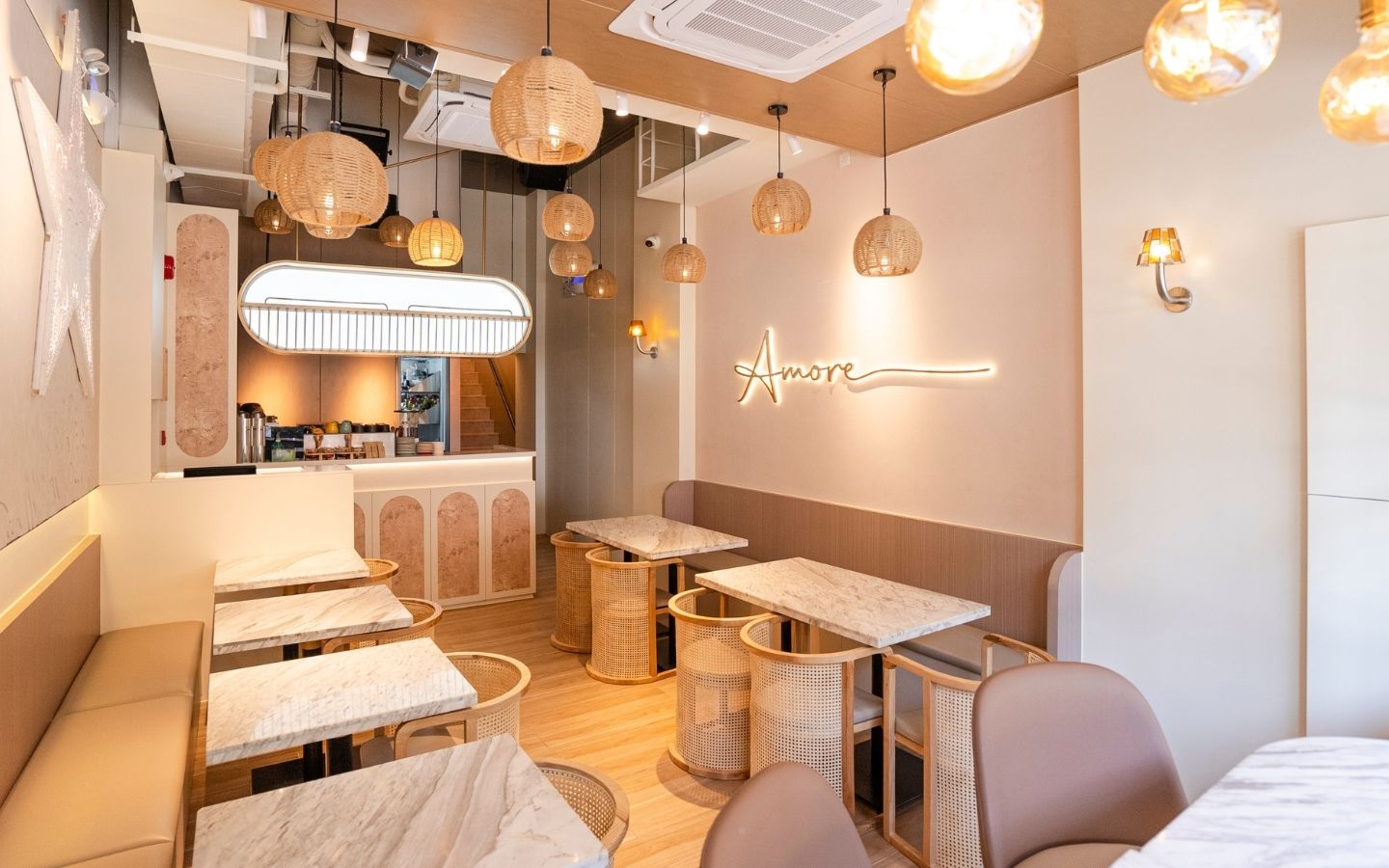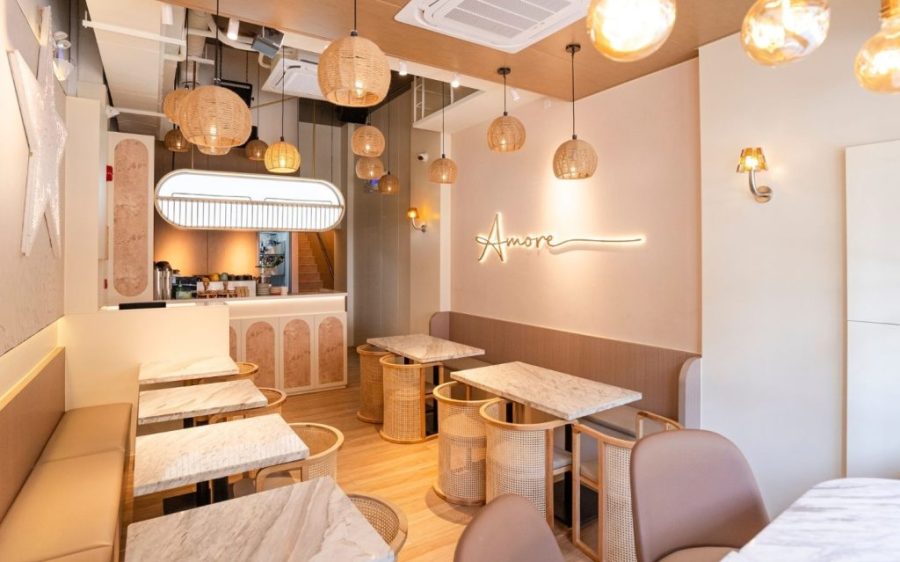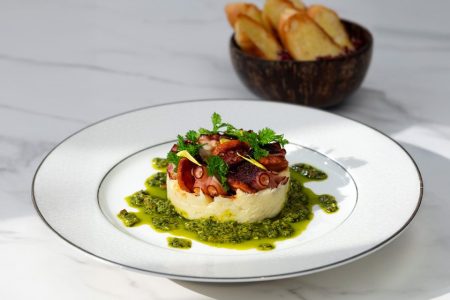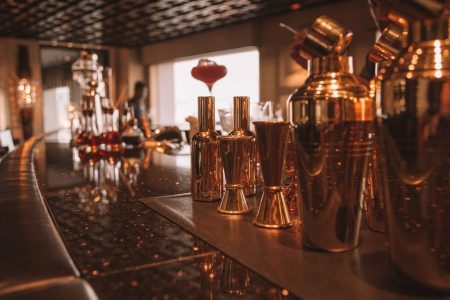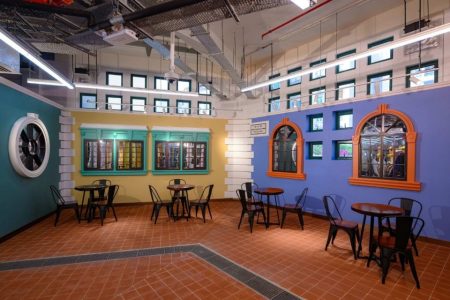After playing host to a Michelin Guide ceremony last month – and having four newly-awarded restaurants make the list – you could be forgiven for associating Macao with fine-dining. But the city’s food scene has always been about diversity – and this month’s new restaurants are proving just that.
[See more: This year’s list of Asia’s 50 Best Bars will be revealed in Macao]
From hidden gems tucked away in historic neighbourhoods to grand establishments within opulent casino-resorts, Macao’s culinary landscape offers an adventure for every palate. This month, we spotlight three eateries that showcase the city’s evolving gastronomic scene, each bringing a unique flavour profile and dining experience to the table.
Amore by Padre
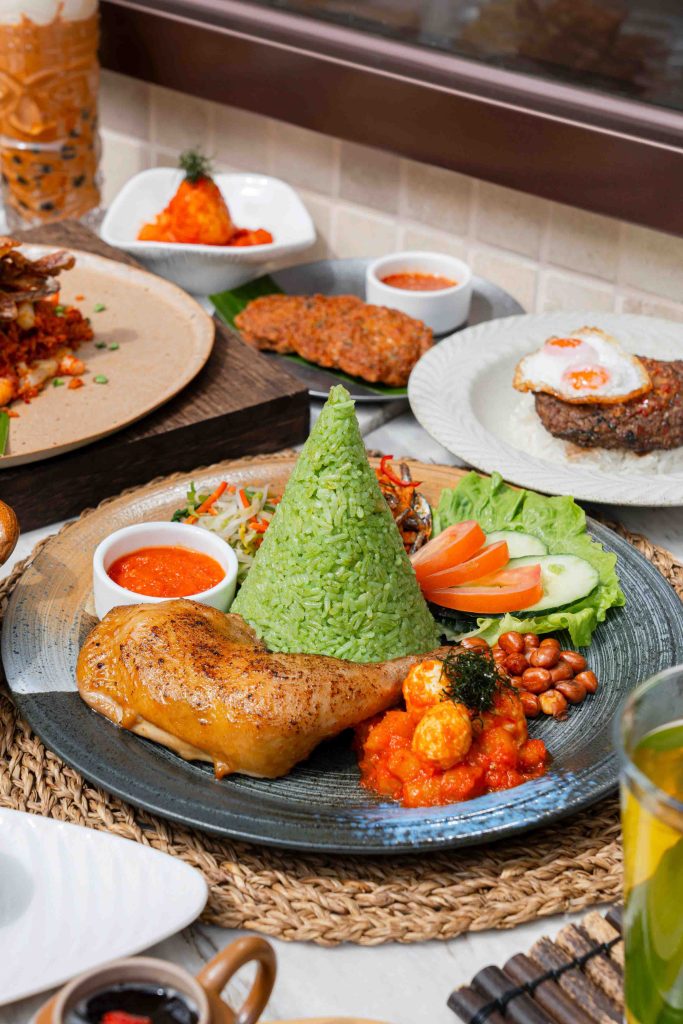
Restaurateur Agnes Leong used to operate her establishments Fu Yat Thai Noodles and Padre separately, but current economic headwinds have prompted her to bring the two together under one roof and establish Amore by Padre, a cosy two-storey space in the original noodle shop location near New Yaohan.
By day, dig into Southeast Asian staples like Malay curry chicken or Indonesian grilled chicken. Lunch sets let you add Thai iced tea or snacks like Thai fish cakes and crispy shrimp rolls for an extra 12 or 28 patacas, respectively. Every sauce and broth is made in-house, using imported ingredients like Thai pandan leaves for authentic flavour.
[See more: Preserving culinary heritage requires acknowledging economic realities]
For dinner, the kitchen shifts gears and Western dishes (previously the culinary focus of the now-defunct Padre) like Wagyu steak are encouraged, though the dinner menu hasn’t been finalised yet.
You can also wash your meal down with one of their very quirky cocktails: there are alcoholic interpretations of regional soups like bak kut teh and tom yum goong if you’re brave enough.
Amore by Padre is open between 8 am and 9 pm, serving up coffee and baked goods for breakfast and afternoon tea.
Lisboa Bistrô
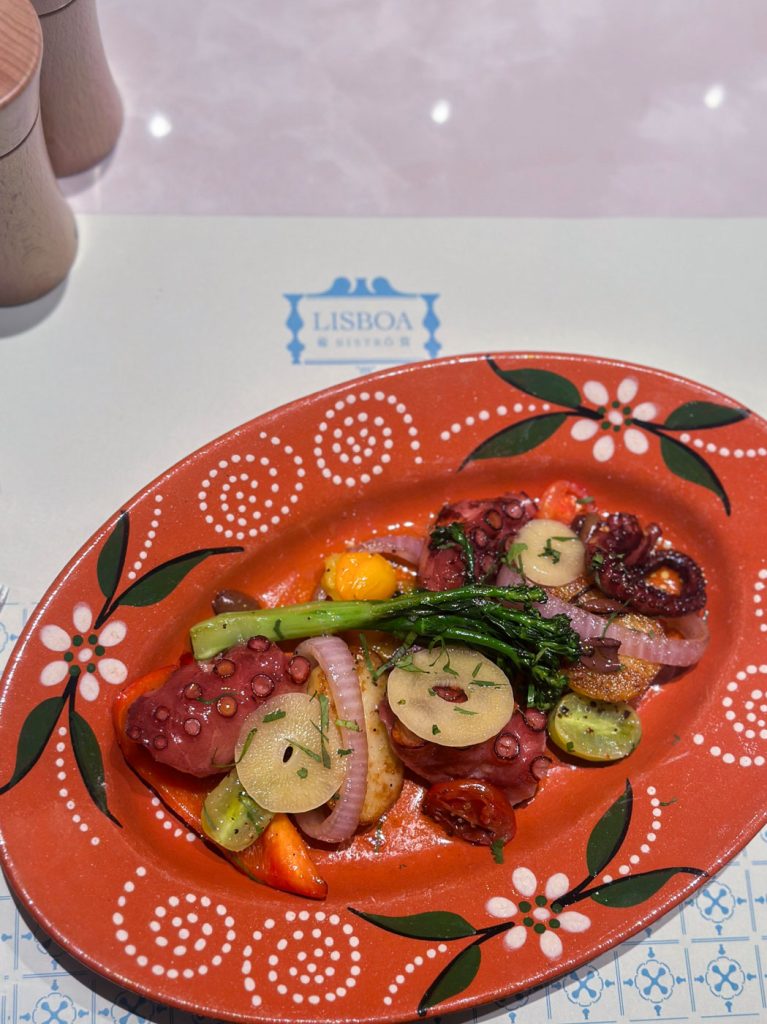
Though Macao has no shortage of Portuguese restaurants, the majority are concentrated on the peninsula – and not the gambling epicentre of Cotai – but there’s now a new one to check out at the Grand Lisboa Palace, Lisboa Bistrô.
Though billed as Portuguese-Macanese, the menu slightly leans toward the old country, as do its interiors. The restaurant is filled with Portugal’s distinctive blue and white azulejos and is spread across three dining areas, one adorned with a large fireplace.
[See more: Chef José Avillez is creating a ‘new Macanese cuisine’ at Mesa]
It’s a smart menu that spans classics without overdoing it, meaning you won’t be having to choose between countless salt codfish dishes (though do expect to see more than a couple on the menu).
Kick your meal off with with shareable starters like Bulhão Pato-style clams or Jaquinzinhos (deep-fried baby mackerel) then move on to hearty mains like Lagareiro-style octopus (roasted in generous amounts of olive oil and garlic), feijoada (a northern dish of beans and various meats simmered together). For Macanese classics, try the quintessential minchi, African chicken, or shrimp curry.
Also looking for a souvenir? Cross that off your list at the restaurant, where you can get Portuguese goodies like canned sardines, Ginja do Senado liqueur, or even Macao-made Owl Man gin.
Since the restaurant is still in its soft-launch phase, you won’t find it on Grand Lisboa Palace’s website yet, so call (853) 8881 1800 to book a table.
Mano Butcher’s
Craving Korean barbecue? Two brothers (one formerly a professional butcher) have just opened Mano Butcher’s, bringing South Korea’s best-loved casual dining tradition to the city.
The duo cleverly infused the concept of this two-storey spot with the youthful vibe of Hongdae, Seoul’s trendy neighborhood and have built a space great for convivial meals – think K-pop videos, industrial-leaning decor, and a solid lineup of soju, beer, and rice wine.
[See more: From Munich to Macao: Chef Tohru Nakamura talks culinary connections]
The restaurant specialises in premium Jeju black pork sourced directly from the famous Korean island and prized for its marbling and clean flavour profile. Their signature thick-cut pork belly achieves perfect caramelisation on the grill, while the pork gochujang jjigae stew develops deep, complex flavours from the punchy fermented chili paste base known as gochujang. Both are recommended by the brothers, as is the beef tartare bibimbap made from Korea’s native hanwoo cattle.
Let the friendly staff handle the grilling while you relax, just flag them for banchan (side dishes). The 690-pataca set offers a vast sampler of their Jeju pork cuts and is great for sharing with fellow meat lovers.
